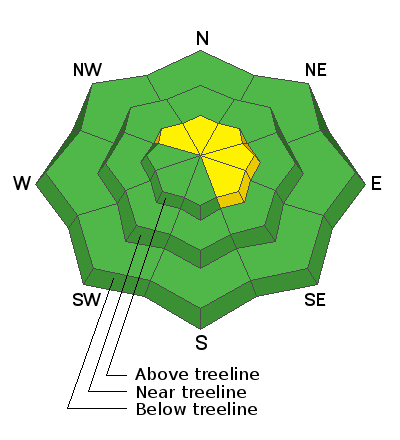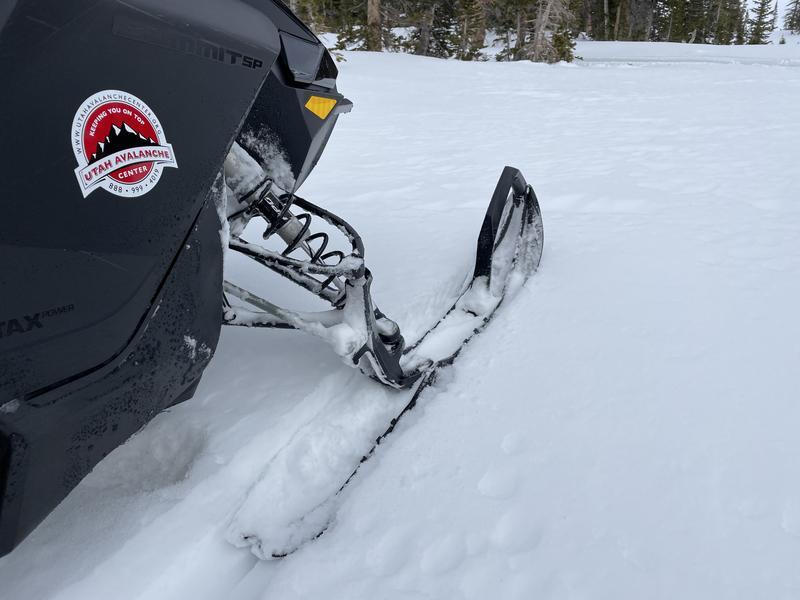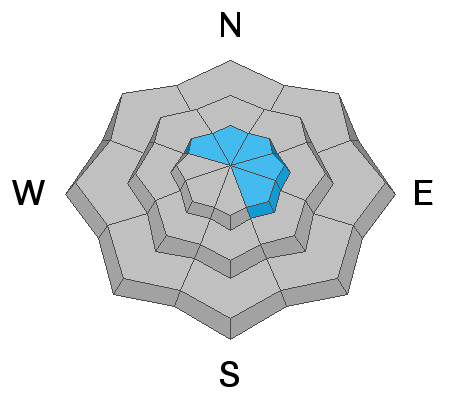Forecast for the Uintas Area Mountains

Issued by Mark Staples on
Friday morning, January 14, 2022
Friday morning, January 14, 2022
Triggering a very large avalanche remains possible above treeline, especially in steep, rocky terrain where the avalanche danger is MODERATE on slopes facing northwest, north, northeast as well as east and southeast. All other slopes have a LOW avalanche danger and triggering an avalanche is unlikely.
It has been a remarkable season, and we're incredibly lucky to have such a deep, supportable snowpack that is generally safe on many slopes. This situation is a rare thing most years in the Uintas. Many people have commented that conditions right now remind them of what we typically see in late February or March.

Low
Moderate
Considerable
High
Extreme
Learn how to read the forecast here









